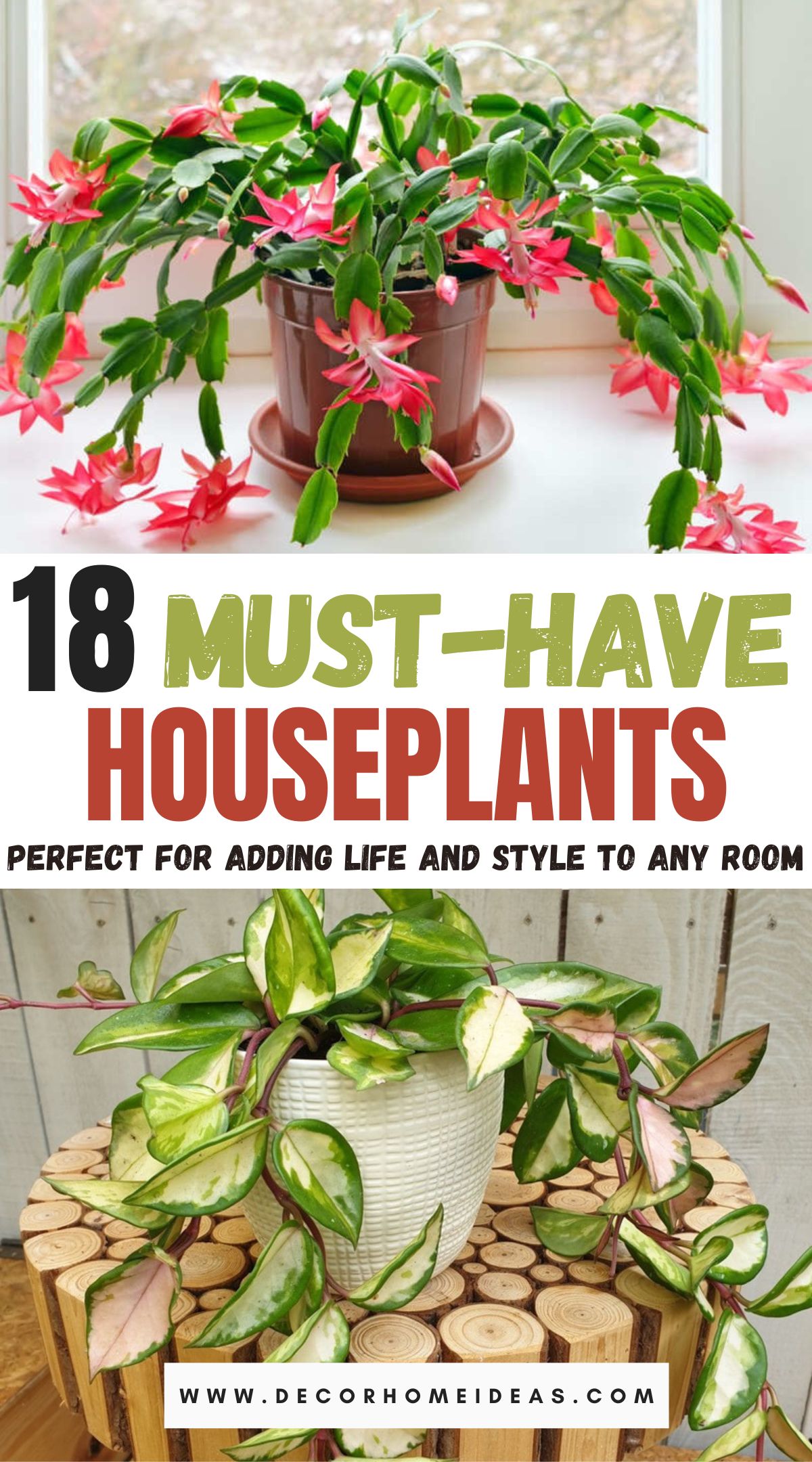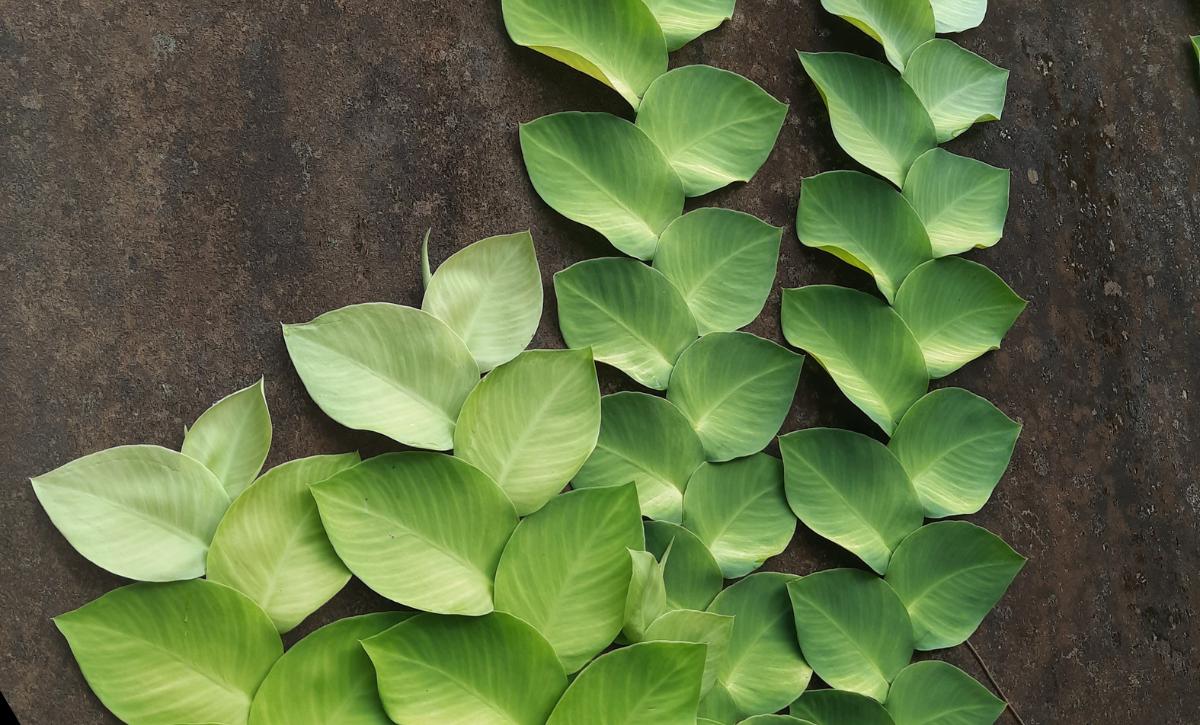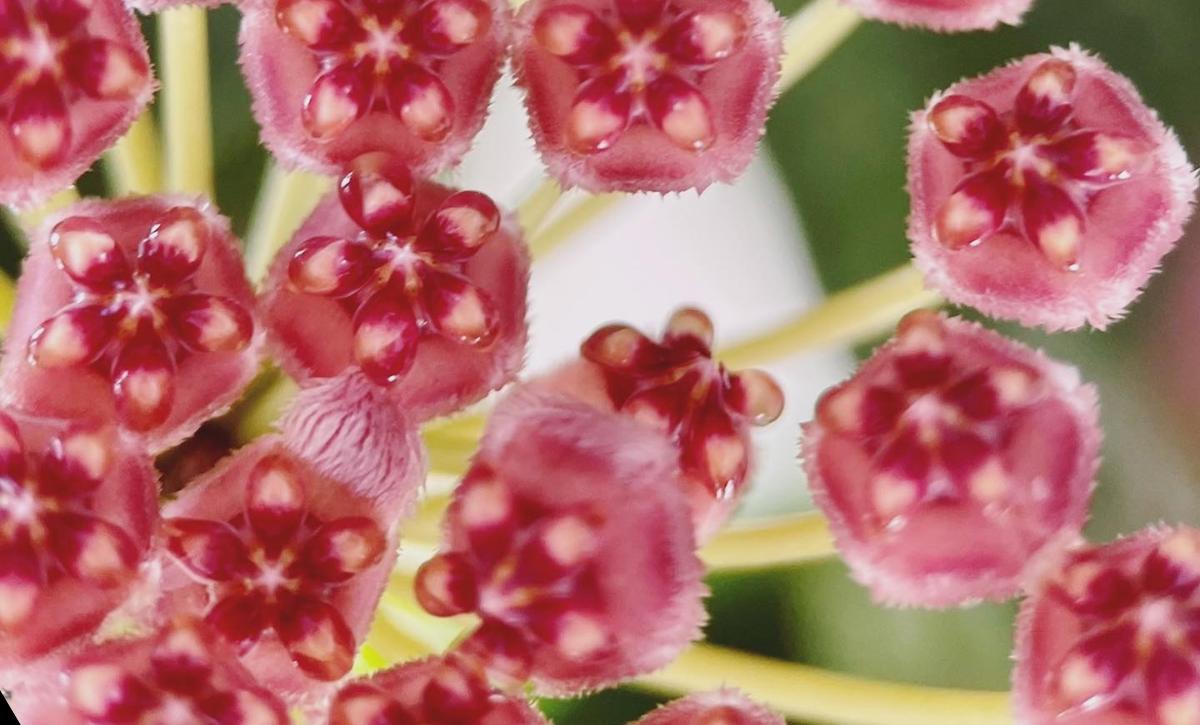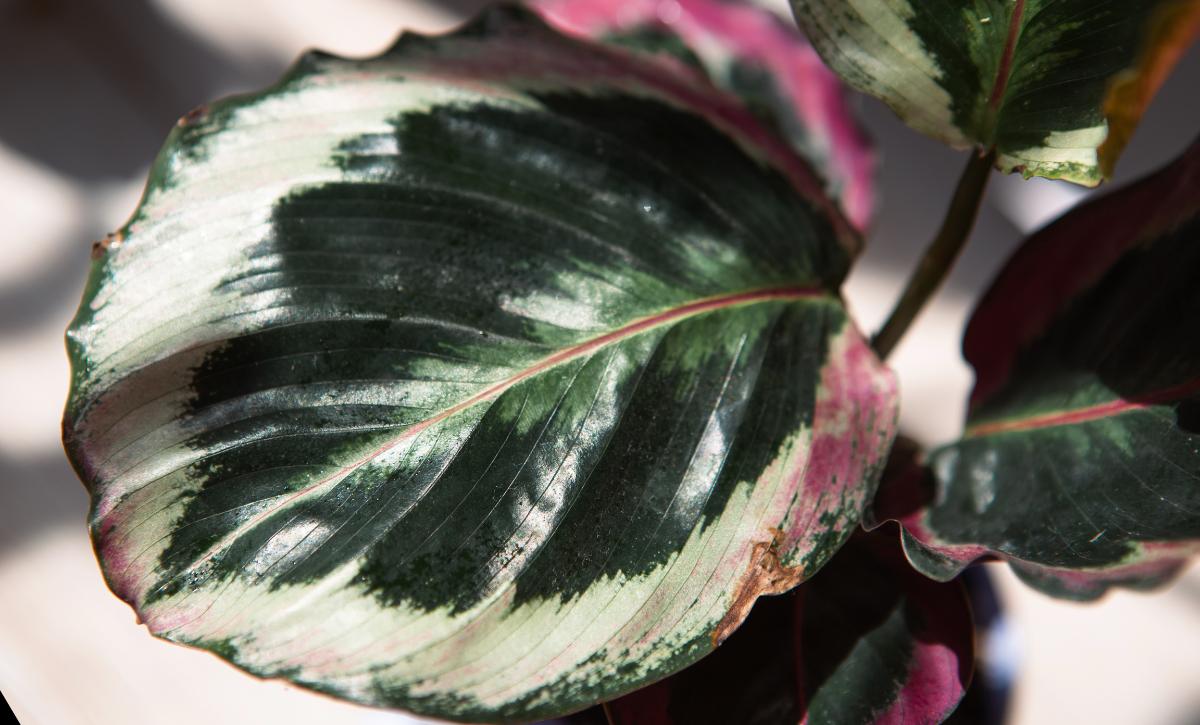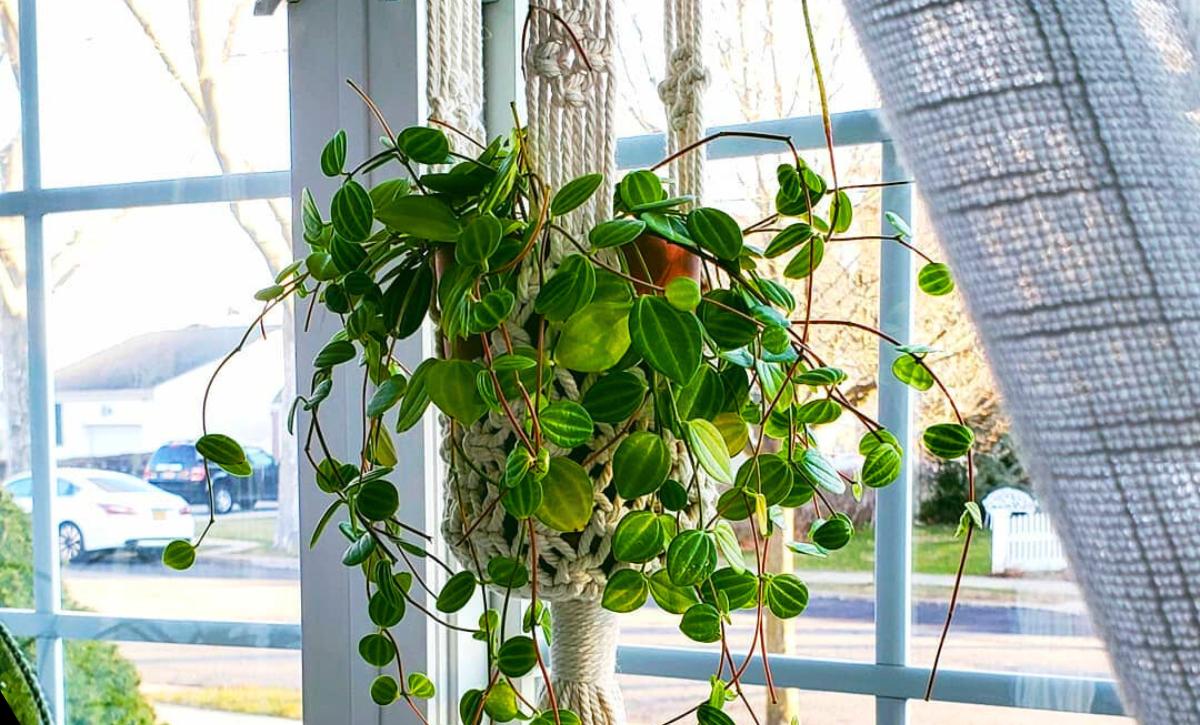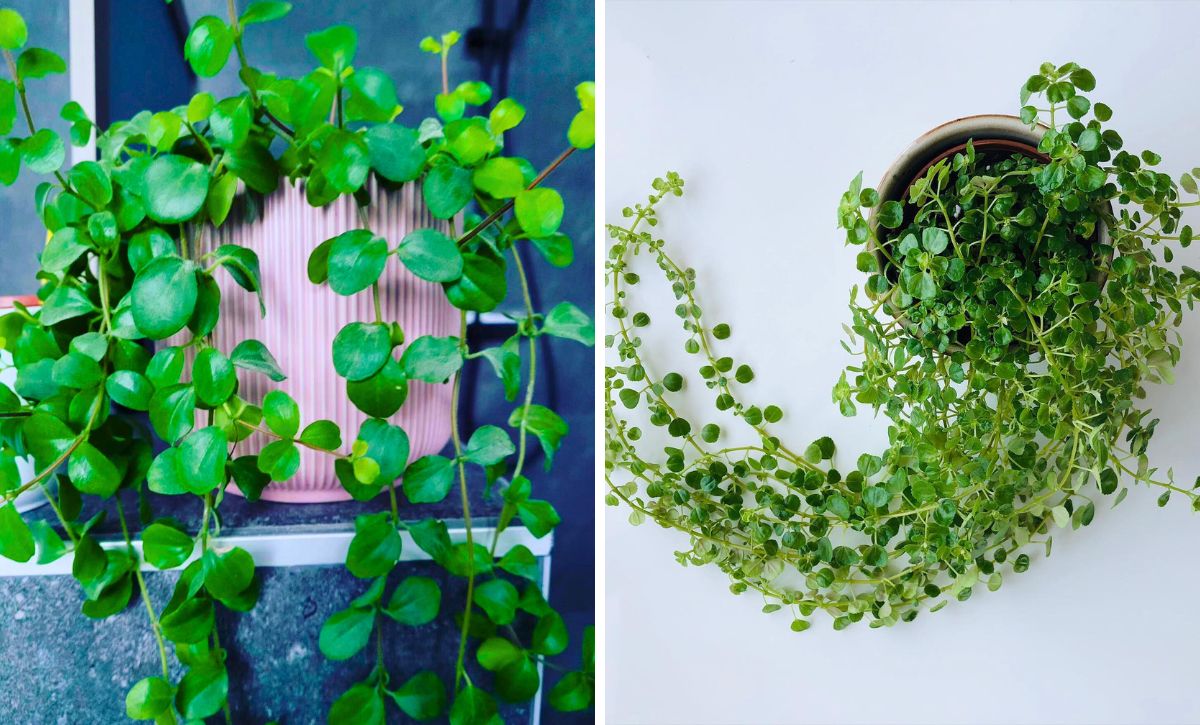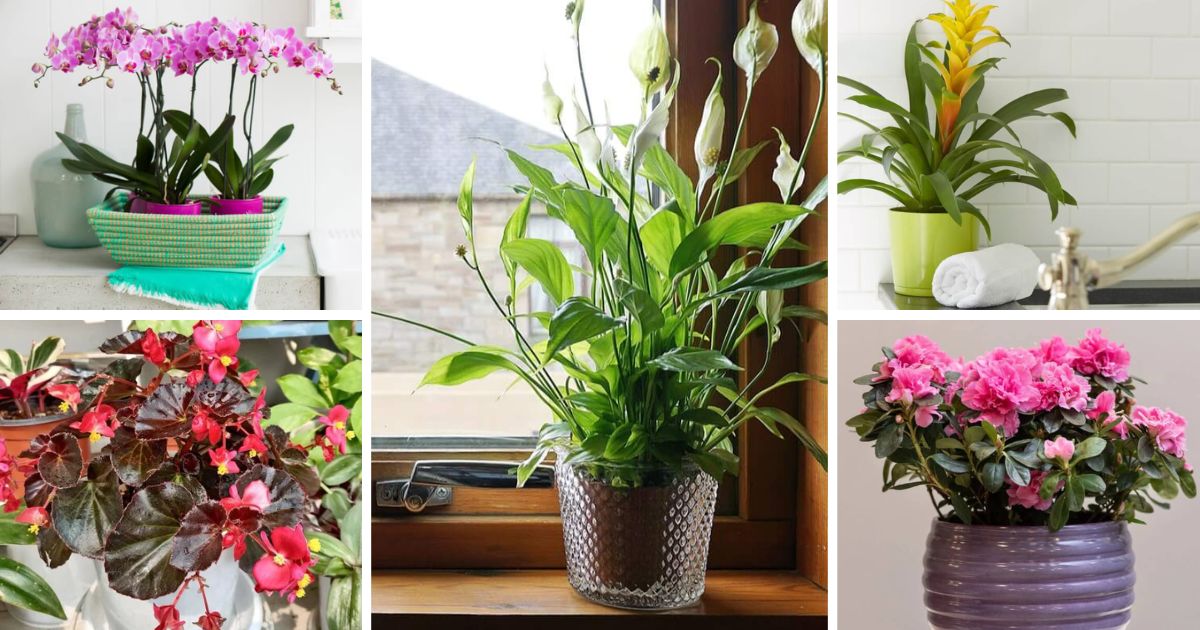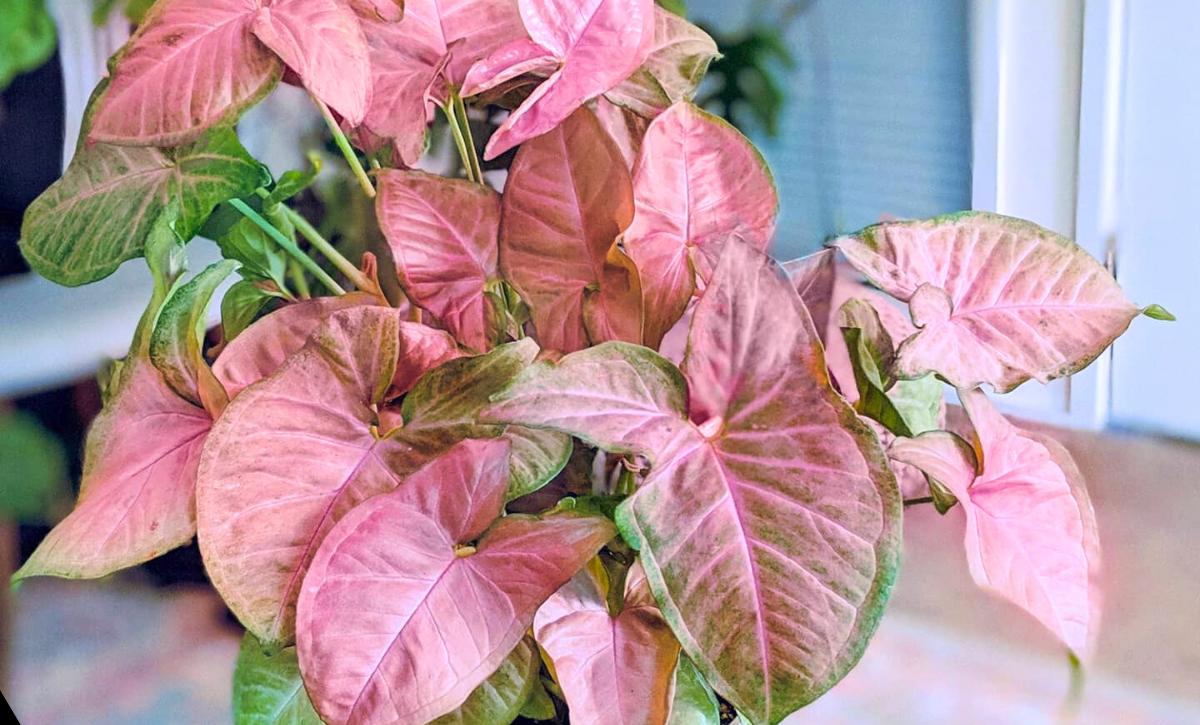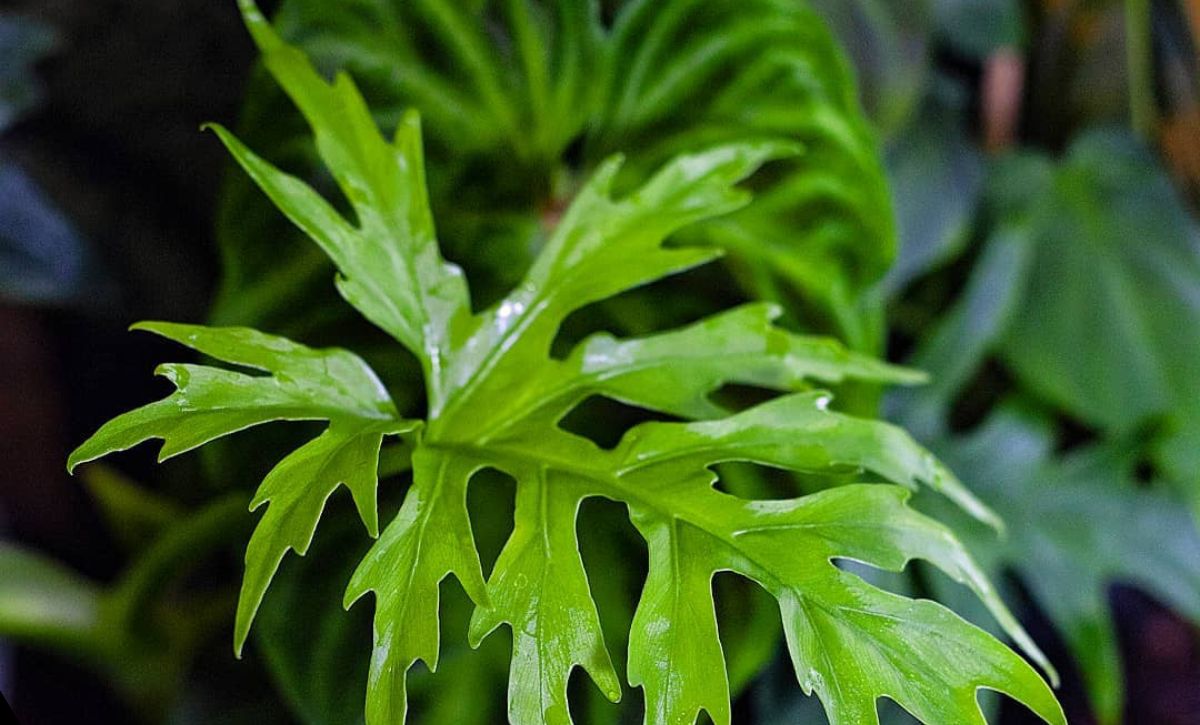Houseplants are one of the most versatile decor items you can add to your space. They liven up a space by adding a touch of greenery, can also improve visual interest, and can be matched with your interior to complement your theme.
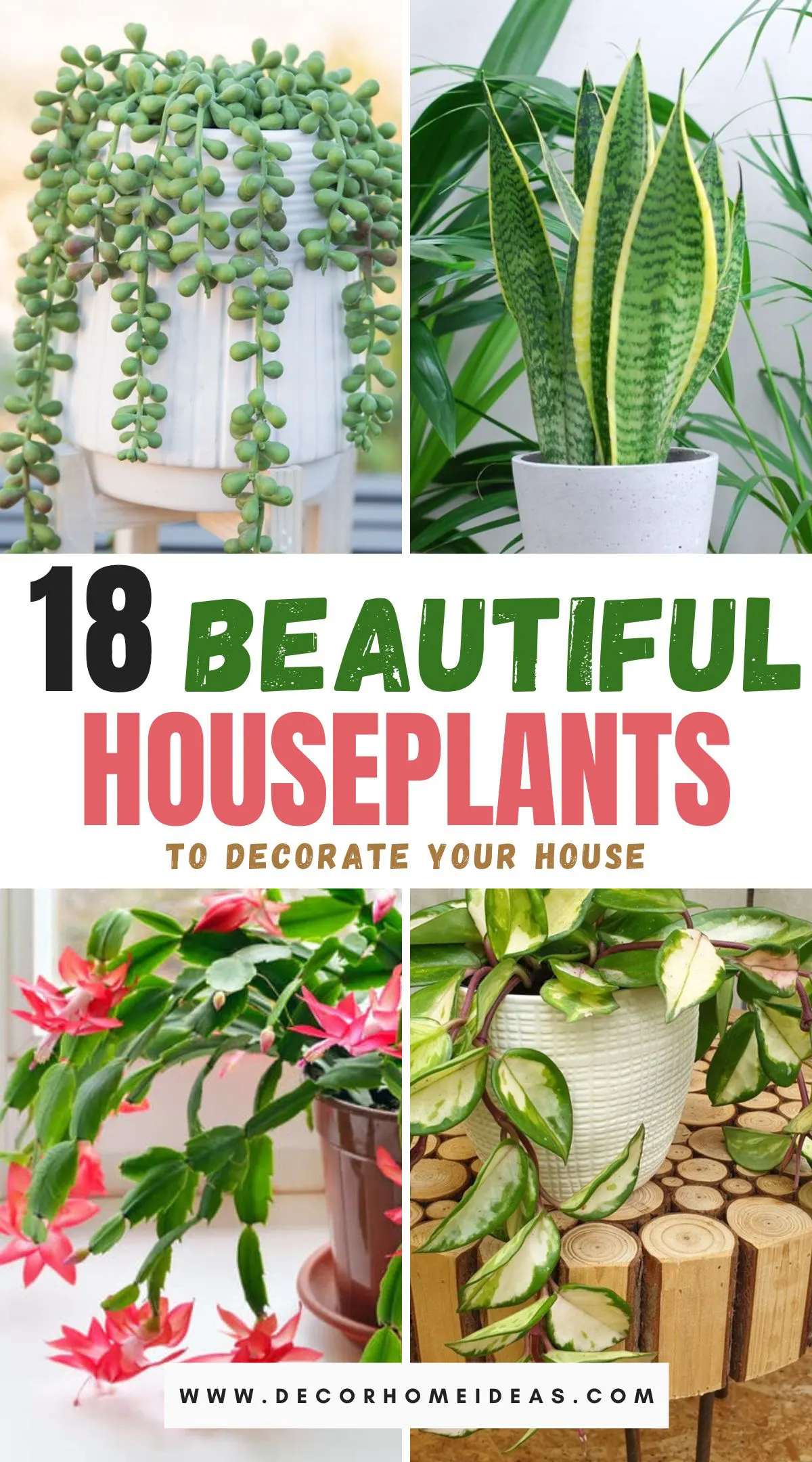
While they may be an essential décor item, choosing the right houseplant is instrumental in determining whether the plants survive. Here are some of the most attractive houseplants you can add to your indoor space.
Take a look!
1. Tricolor Hoya Carnosa
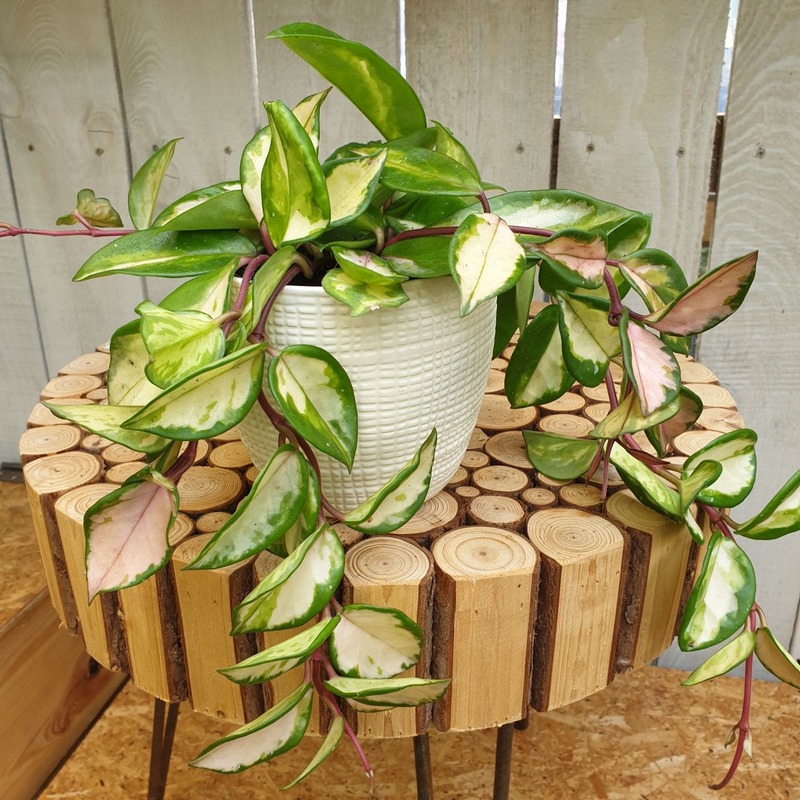
This wax plant is not only beautiful but also easy to care for. Its fast-growing tendrils will quickly turn heads as soon as they start to droop.
The plant leaves start out pink, but older leaves are either white, fringed in deep green, or almost entirely white, hence the name tricolor.
Besides its beautiful leaves, the Hoya also produces fragrant star-shaped leaves that will surely add to its beauty. Water the plant occasionally and place it in an area with bright light and slight humidity.
2. Orchids
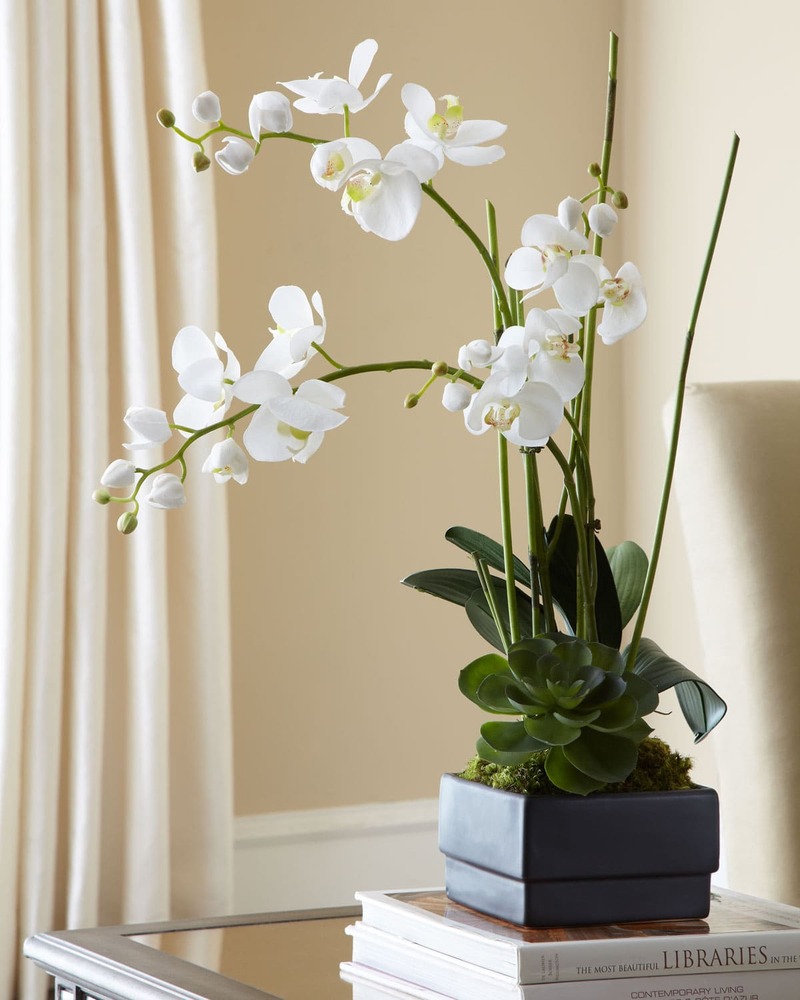
Orchids are among the most common houseplants, mainly because of their colorful flowers. They come in various colors, so you can choose the right color to match your home’s theme.
You can place these beautiful flowers in a vase or grow the plant in small planters. Orchids are versatile and can even act as centerpieces for your interior space. Since these plants prefer high humidity, don’t forget to mist them occasionally or grow them in areas with high humidity, such as the bathroom.
3. Haworthia
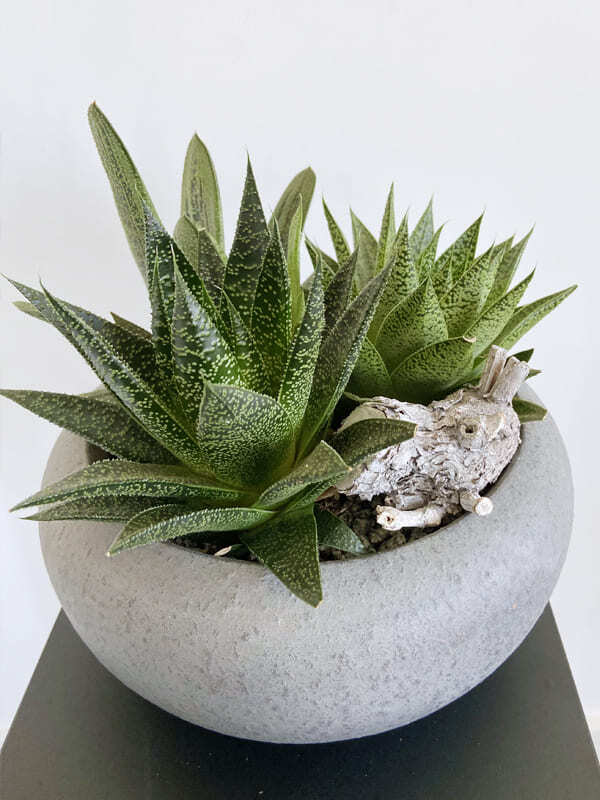
If you’re looking for a low-maintenance house plant, Harwothia is the ideal choice. This compact succulent thrives with minimal watering and can even survive without direct light. Its pointed green leaves with small white bumps or stripes will significantly enhance your aesthetics.
Since this plant is succulent, it retains much of its water on the leaves, so you only have to water it when the soil is completely dry or every three to four weeks.
Humidity isn’t a significant concern since the plant can survive in high or low-humidity areas. However, you must grow the plant in an area with bright, indirect light.
4. Poinsettias
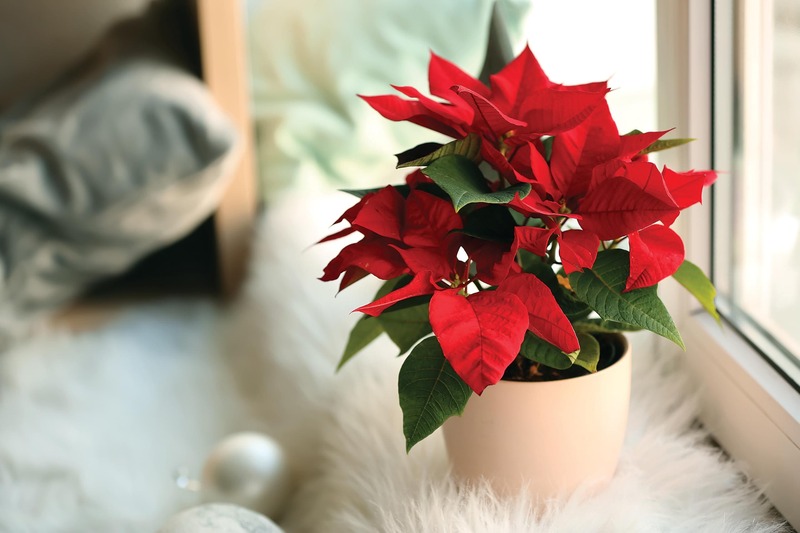
Christmas Poinsettias aren’t just beautiful during the festive seasons; they can also make an integral part of your decor when grown as an everyday houseplant. Since they come in various colors, you can find a plant for almost any color scheme.
Traditionally, the flowers come in bright red, but you can find other varieties, such as white, pink, or orange. Ensure the plant receives at least 4 to 6 hours of indirect sunlight daily. Most importantly, don’t overwater or underwater the plant, as this could cause root rot or dry leaves respectively.
Poinsettias make ideal houseplants since they are neither harmful to animals nor humans.
5. Cyclamen
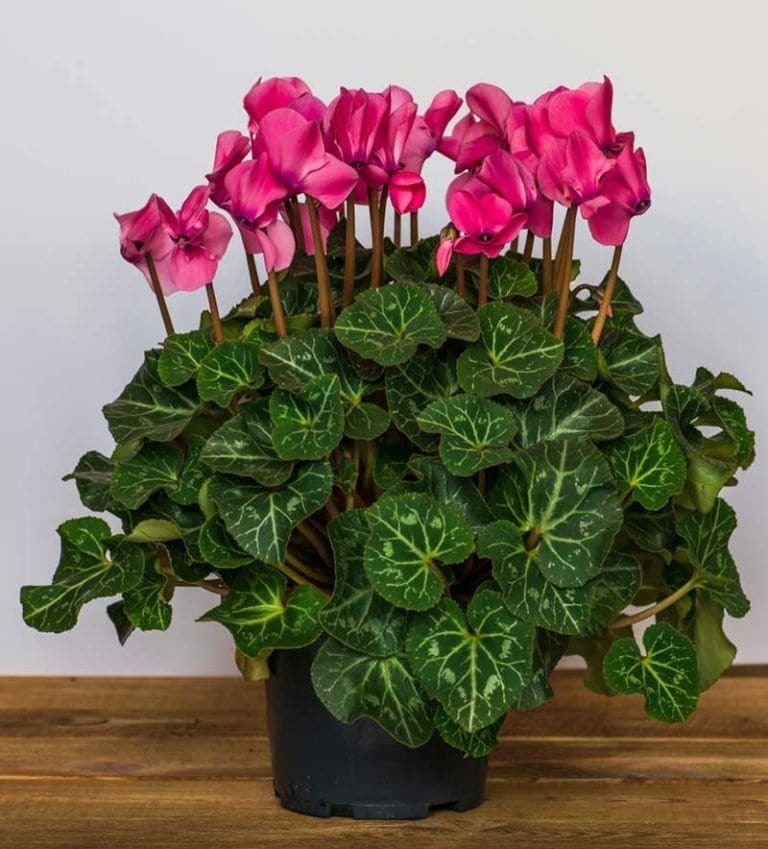
Most plants go dormant in winter due to dropping temperatures, but with Cyclamen, you can still maintain some greenery indoors. Unlike most plants, Cyclamen prefers cool weather and is well suited for the cold period.
This colorful plant thrives in moist but not overly wet soil, so exercise some restraint when watering it. Even though Cyclamen prefer cool weather, they won’t survive in extremely low temperatures, hence the need to be grown indoors during winter.
6. Swiss Cheese Plant
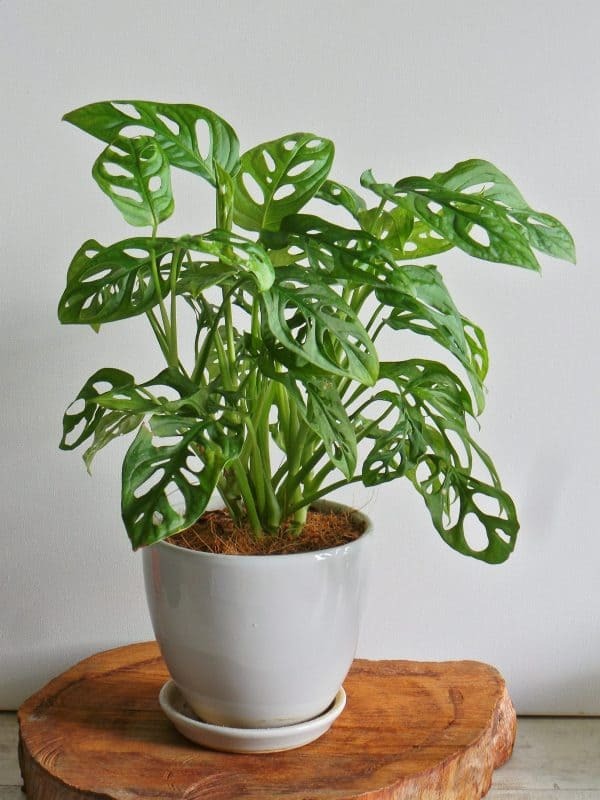
This unique Monstera variety has leaves that develop holes and perforations as the plant ages, resembling Swiss cheese, hence the name.
Monstera adansonii is one of the most unique houseplants. Although it has a high growth rate and may grow to about 10 to 13 feet, the Swiss cheese plant is more manageable indoors, reaching about 8 feet.
Grow the plant in well-draining soil, water it regularly, and prune it if necessary. Monstera adansonii is an ideal houseplant because it can survive in indirect sunlight.
7. Christmas Cactus
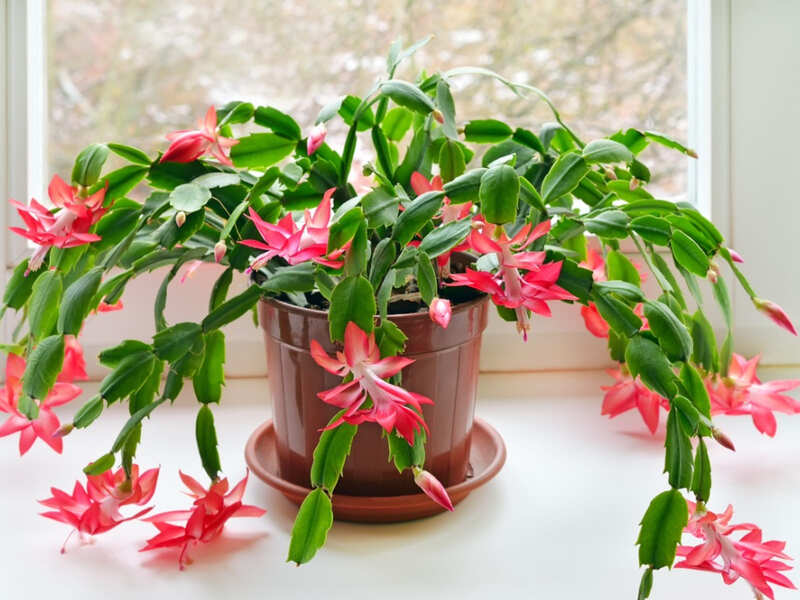
The Christmas cactus is one of the most famous festive plants; no wonder it makes a popular holiday gift! The plant gets its name from its blooms, which appear just in time for the Christmas holiday.
With blooms ranging from red, purple, peach, and white, matching this plant to your indoors should be a piece of cake. The Christmas cacti will survive in partial sunlight but are sensitive to root rot, so avoid overwatering the plant.
8. Norfolk Island Pine
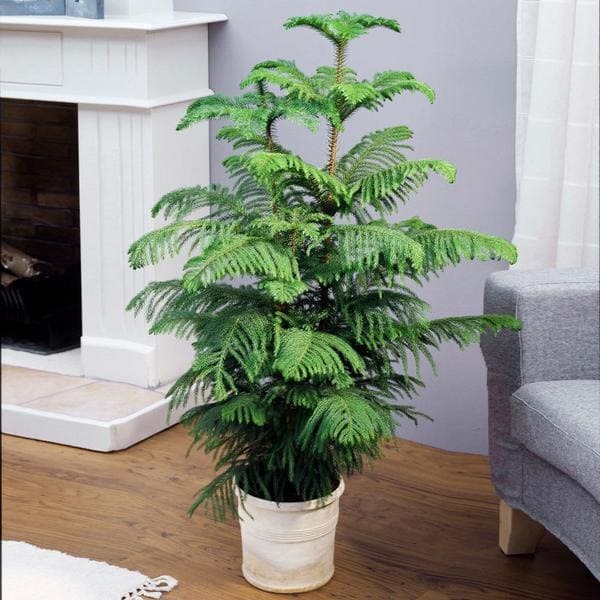
The Norfolk Island pine is one of the most decorative houseplants you can grow. Not only can you use the plant for decorations during the festive season, but it’ll also maintain its greenery for most of the year.
Being a tropical plant, the Island pine requires high levels of humidity. However, it can survive even in less bright spots with indirect light. You can use a humidifier or mist the plant every once in a while to increase the humidity.
Keep the plant away from areas with temperature fluctuations, which may interfere with its growth.
9. Snake Plant
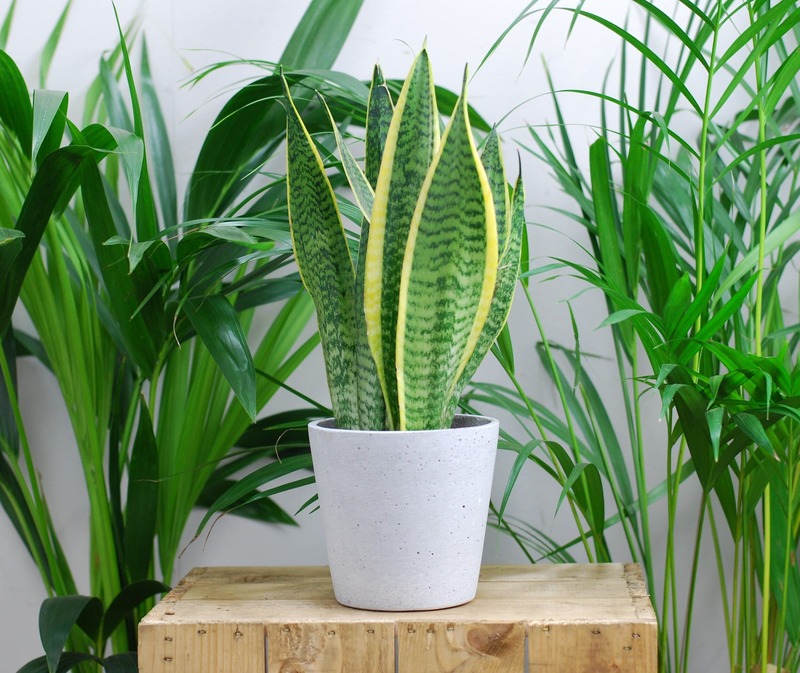
One of the trendiest houseplants, the snake plant, is continually getting attention in most indoor spaces due to its unique shape, color, and ease of care. To grow your snake plant, all you need to do is find some well-draining potting soil.
This house plant thrives in indirect sunlight and with minimal watering. Exposing the plant to intense direct sunlight can scorch the leaves, so ensure the plant is well-shaded from the midday sun.
10. Fiddle-Leaf Fig
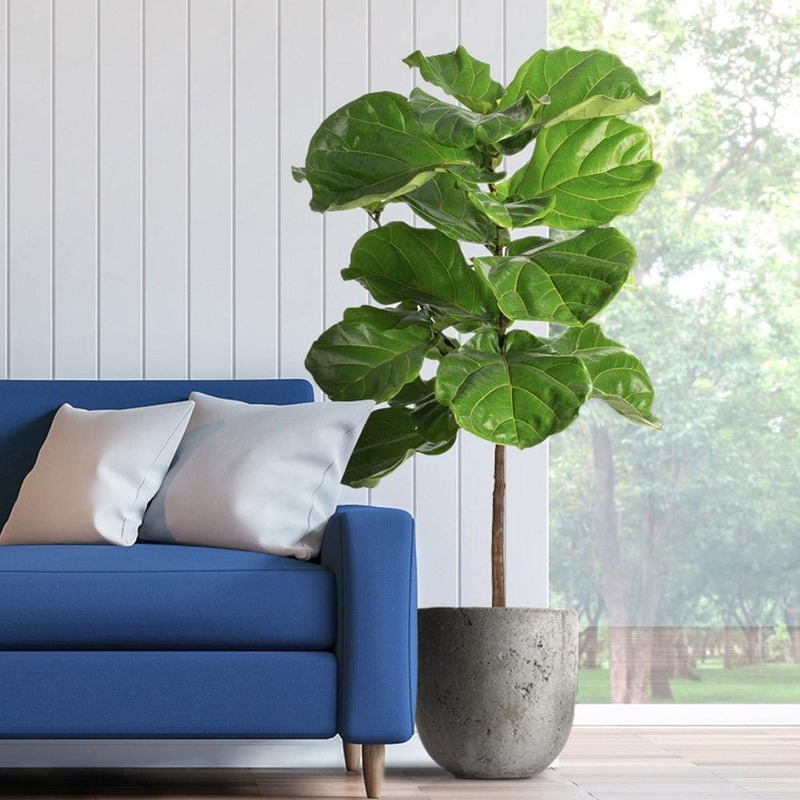
The Fiddle-leaf fig certainly isn’t the easiest houseplant to grow, but its unique tree-like form and large leaves make it worth the trouble. This hardy plant is well adapted to indoor lighting conditions and temperatures and will survive even with less-than-ideal growth conditions.
Grow the plant in well-drained, nutritious soil and keep the soil moist. The plant may also require some support, so if you’re growing it in a container indoors, it’s advisable to add a trellis. Prune any dead or damaged leaves as soon as you notice them to promote new growth.
11. Birds of Paradise
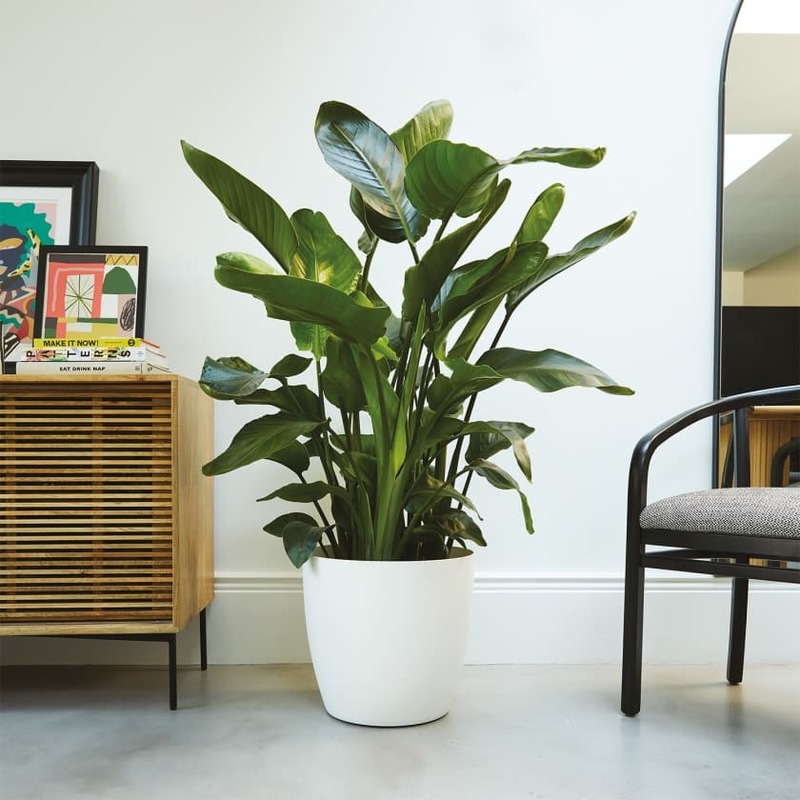
Birds of Paradise is another tropical plant that thrives indoors. Although it may be relatively larger than other houseplants, it is easy to grow and will add a bit of tropical flair to your space.
Its large, broad leaves are dramatic, making this plant ideal even as a centerpiece. When growing it indoors, place your plant where it can receive plenty of indirect sunlight.
The plant prefers well-draining soil that can retain moisture, and it does well in typical household humidity, making it suited for most rooms in your house.
12. Lavender
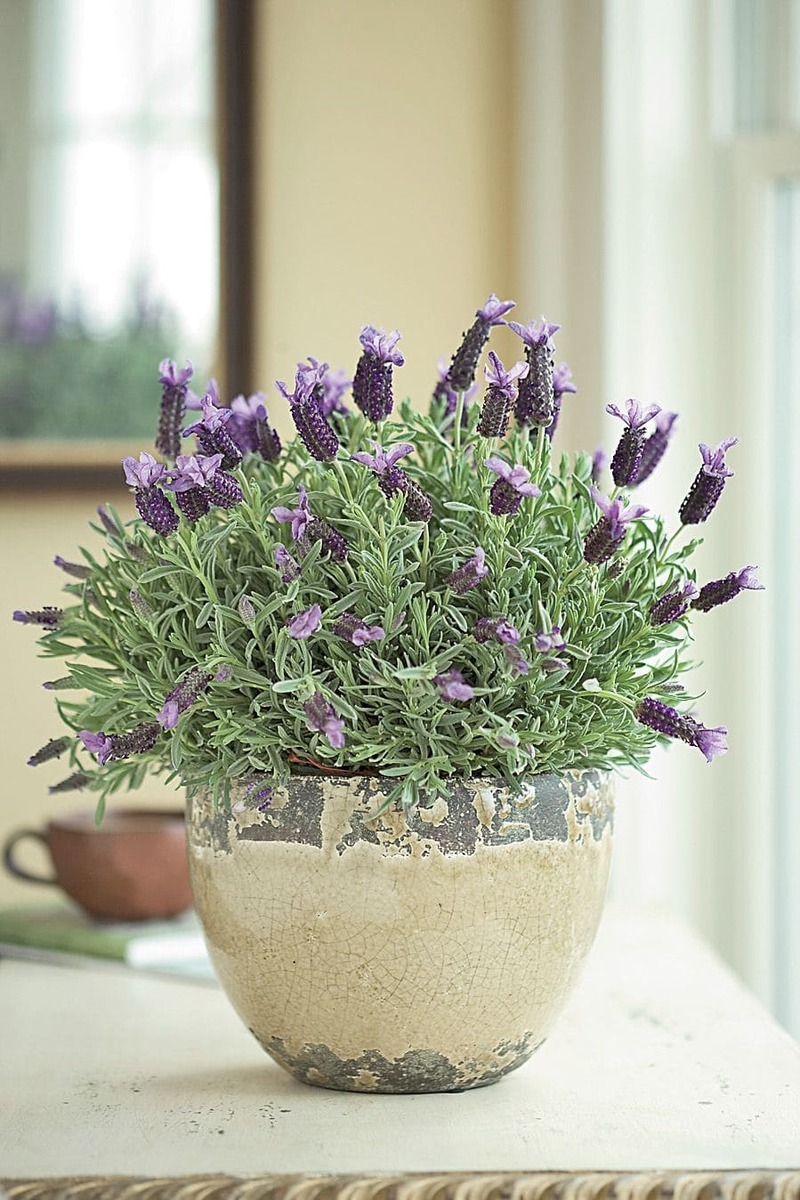
Other than its beautiful blue flowers, lavender also exudes a lovely aroma and can be used to flavor tea or as a natural fragrance enhancer in your room. There are several varieties of this herbaceous perennial, with the dwarf varieties ideal for indoor spaces.
One of the reasons that lavender is a good houseplant is that you can grow it all year long, no matter the season. If you want to use it for its fantastic fragrance, harvest the flowers just after they bloom before the aroma fades.
13. Holly
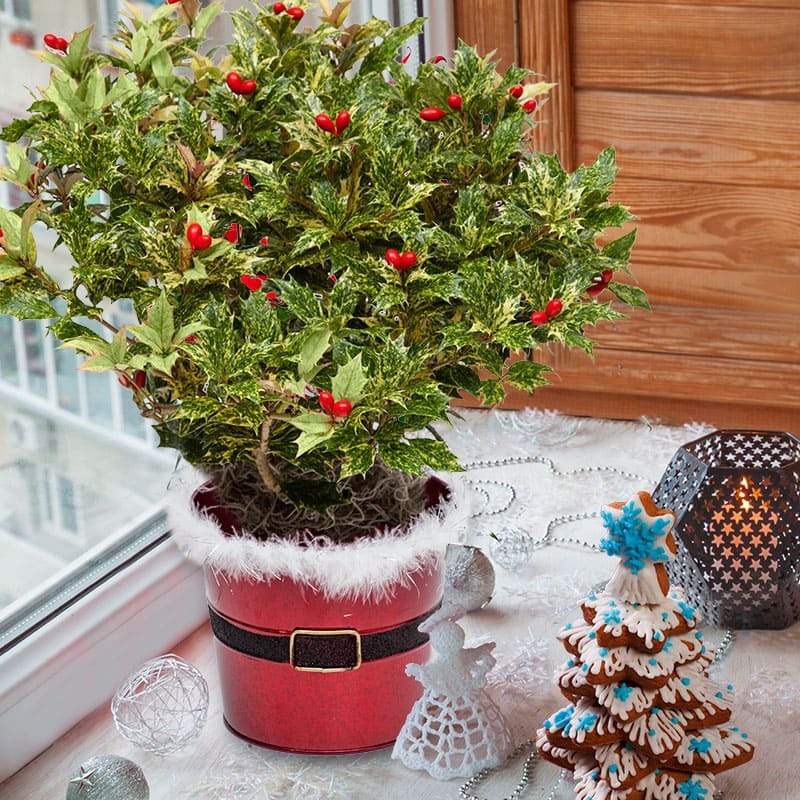
Holly’s shiny green leaves and bright red flowers make it a sight to behold indoors. While this shrub prefers natural light, it can also do well with bright, indirect sunlight.
Place your plant in the east or west corner of the house where it can receive plenty of natural light. You can also discreetly use reflective surfaces to boost the level of indirect sunlight. To realize the best results, follow a consistent watering schedule and avoid waterlogging the plant.
14. String of Pearls
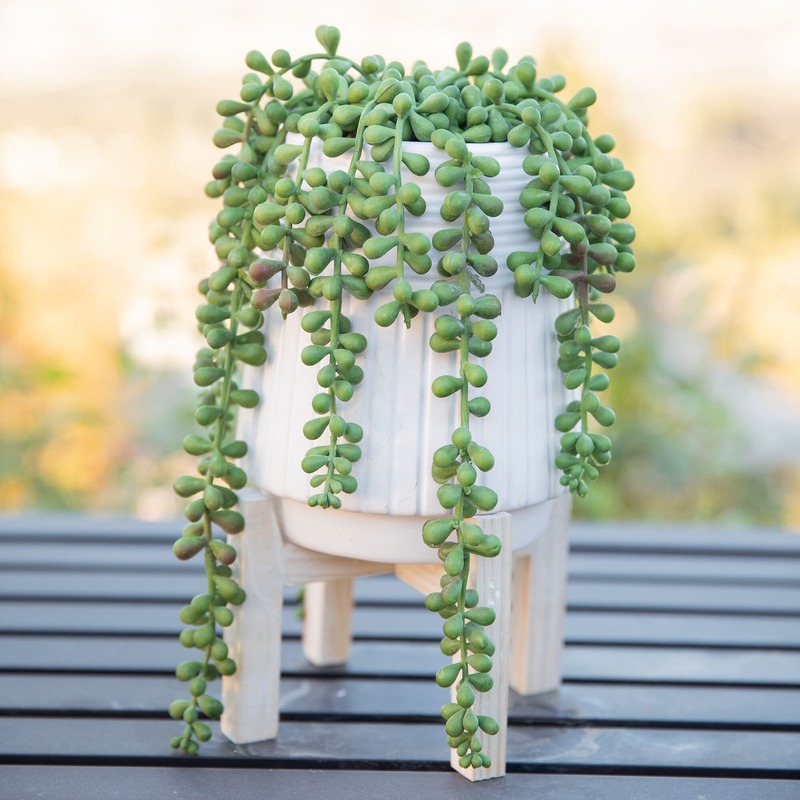
String of Pearls is probably one of the most unique succulents. The tiny pea shaped leaves of the plant are one of its unique features. These leaves attach to trailing stems that will spill over the sides of a hanging basket or a plant, just like a string of pearls would.
In addition to its uniquely shaped leaves, this plant also produces white flowers in spring with an aromatic cinnamon scent, adding beauty and fragrance to your space.
15. Geraniums
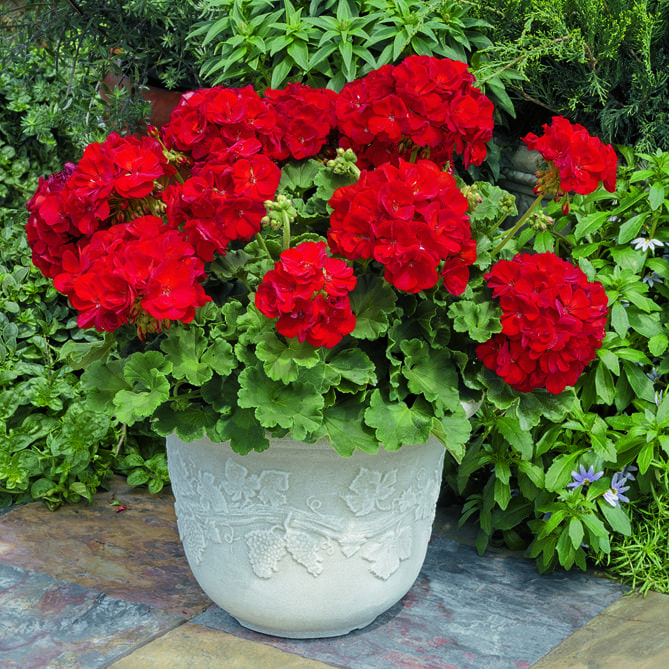
Often considered an outdoor plant, geraniums can add immeasurable beauty to your indoors if you grow them right. In addition to their beautiful bright red flowers, some varieties of geraniums are also scented.
Geraniums have beautiful fragrances that mimic roses, fruits, spices, and pines. The scent is released when you rub a leaf between your fingers. Like most plants on this list, geraniums will maintain their evergreen color with little to no leaf loss, even in cold seasons like autumn and winter.
Water the plant frequently and increase the watering as temperatures rise to maintain its lush green color.
16. African Violet
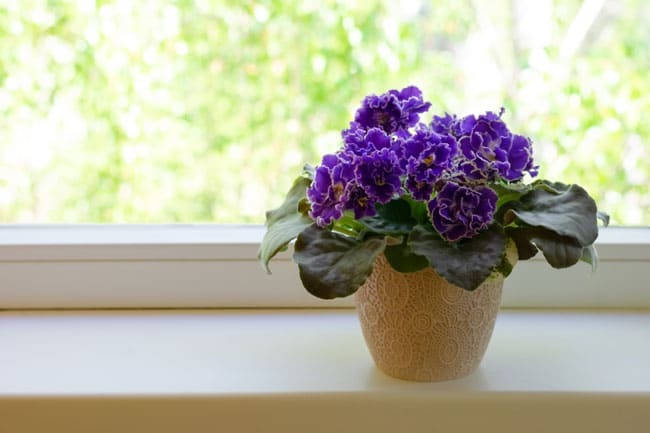
Native to Tanzania and the East African region, African violets are one of the most desirable houseplants to grow, and for good reason. They’re compact and low-growing; hence, they will require minimal space. They also flower several times a year.
Did we mention they come in a variety of flower colors and different leaf forms? Their bright, fuzzy-like leaves help retain water, so you won’t have to water them frequently. However, it would help to expose the plants to the breeze occasionally so they don’t get stuffy.
17. Anthurium
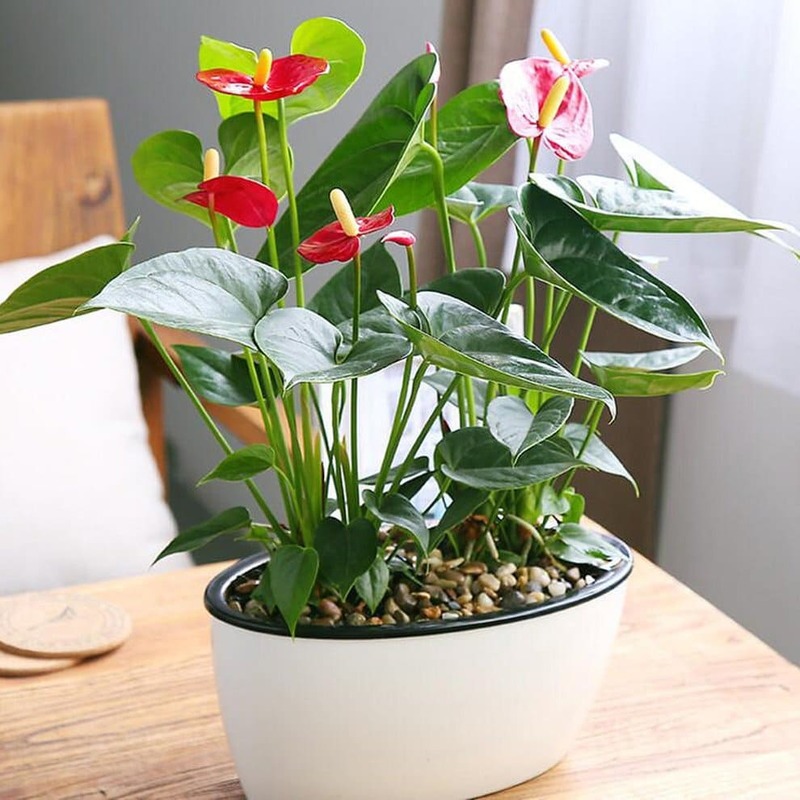
Anthuriums are famous not only for their repeated flowering but also for their beautiful waxy heart-shaped leaves. Native to Central America, this tropical plant does well indoors due to its specialized care needs.
They do well in warm, brightly lit areas but away from direct sunlight. The plant is from the tropics and does well in areas with high humidity levels, so adding one to your bathroom or kitchen is a welcome idea.
In their natural habitat, anthuriums grow on other plants. When growing them indoors, you should ensure the soil is well drained.
18. Bromeliad
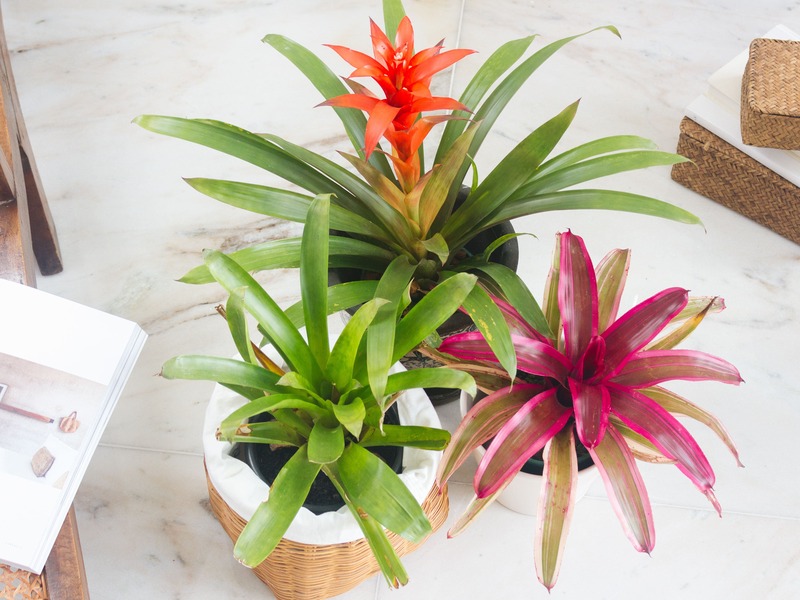
Bromeliads are known for their beautiful multi-colored foliage, which comes in red, green, purple, orange, and yellow. They are attractive plants that are easy to care for under average home conditions. There are over 2000 species of this plant, so finding one that suits your needs should be easy.
Grow the plants in well-draining soil, preferably a mixture of potting soil and sand. Water the plant only when the soil dries out. Shield the plant from intense direct light, which may damage the leaves.
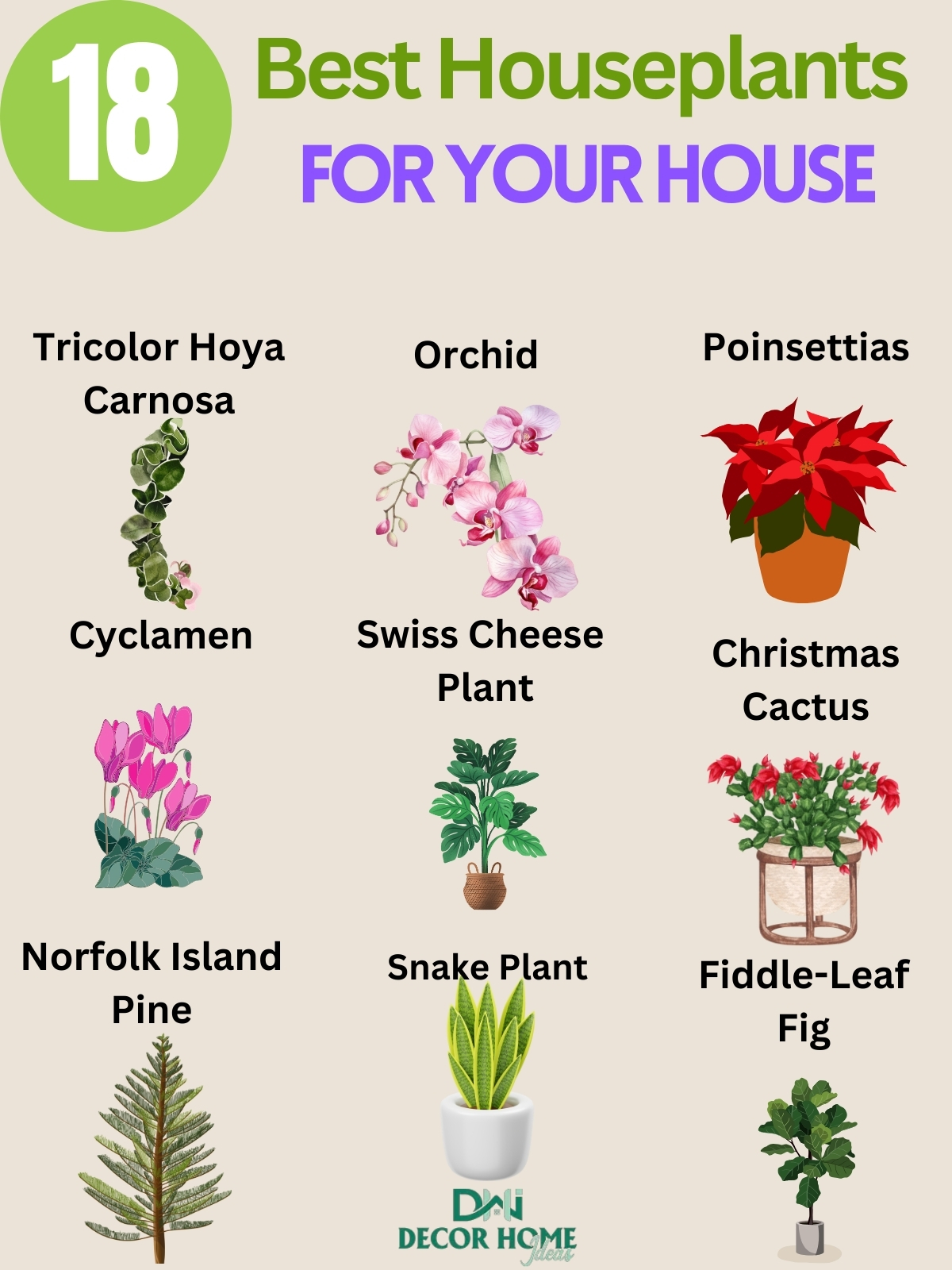
Add beauty and greenery to your home with these stunning houseplants.
Orchids and cyclamen bring delicate blooms, while poinsettias and Christmas cactus add seasonal charm.
The Swiss cheese plant and fiddle-leaf fig create bold statements, and the snake plant thrives with minimal care.
Norfolk Island pine and tricolor hoya carnosas offer unique textures, making any space feel vibrant and inviting!

